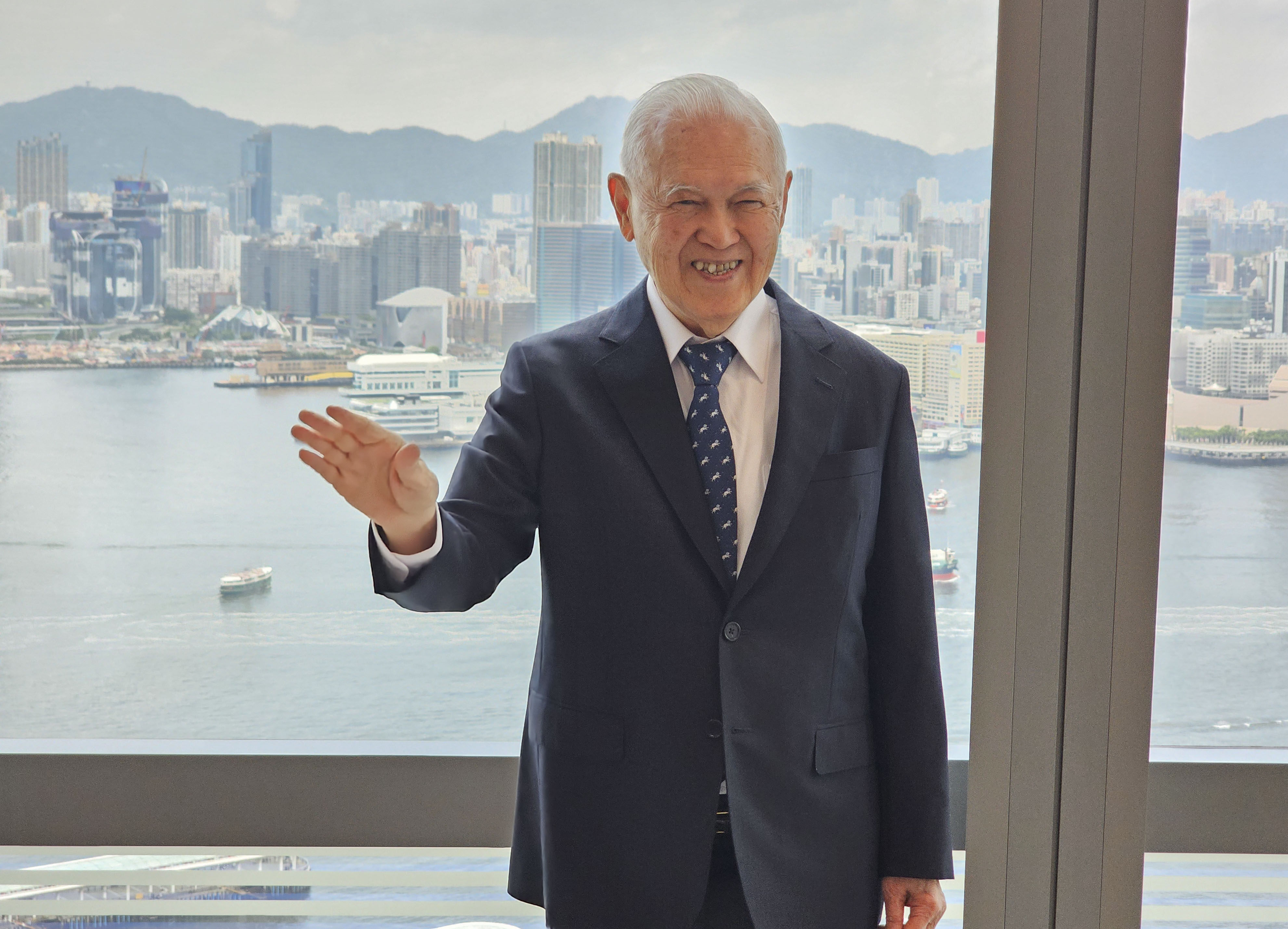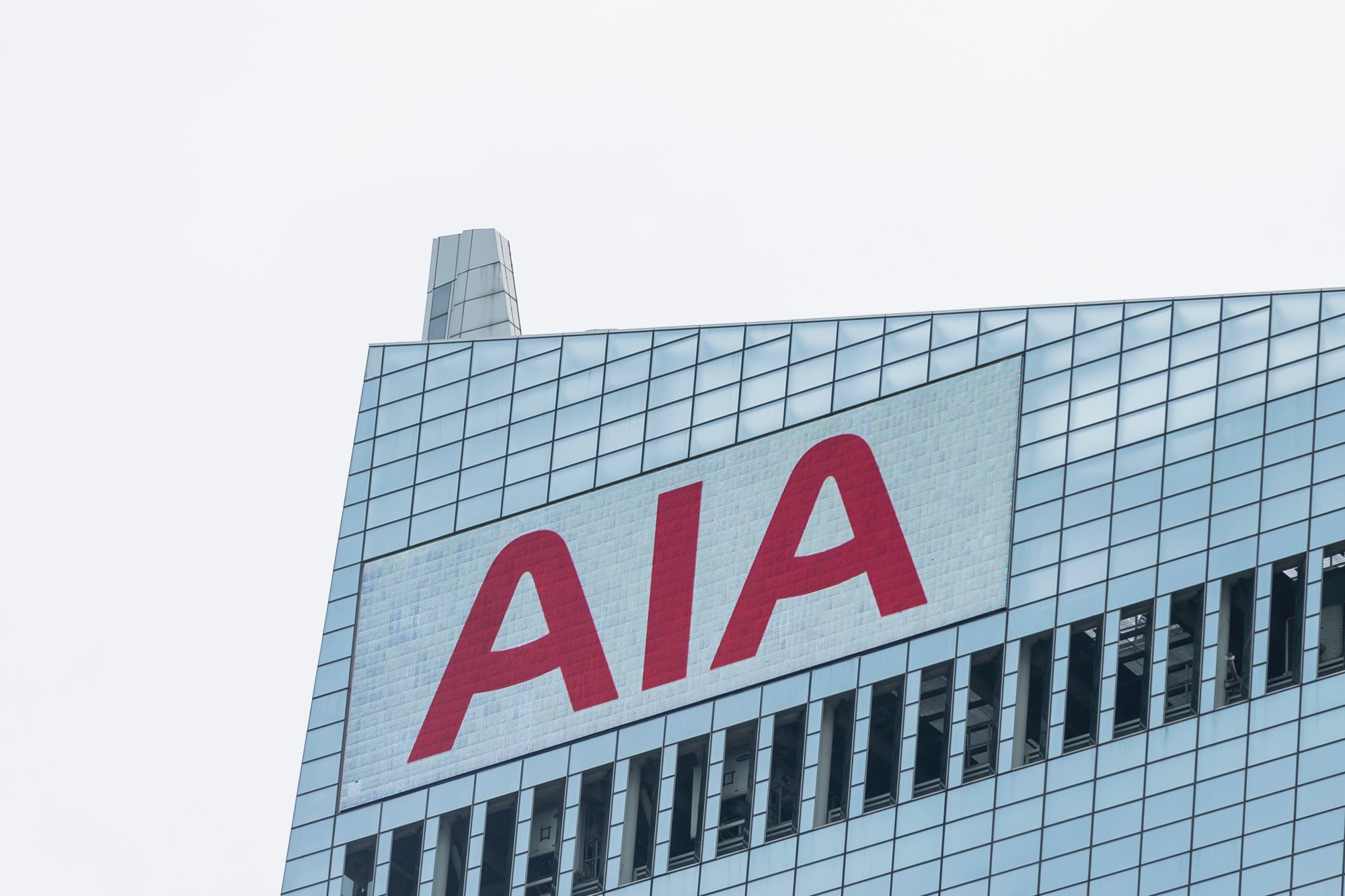Retiring AIA chairman Edmund Tse reflects on 64 years with the insurer
Tse presided over the company’s blockbuster IPO and return to mainland China in a career that began in 1961 with a monthly salary of US$76.90

AIA Group chairman Edmund Tse-wing achieved more for his company after retiring than many executives do in their whole careers.
At 71, Tse was already past normal retirement age in 2009 when he retired for the first time, only to have the global financial crisis bring him back to the office from the tennis court – for another 14 years.
Just a few months after returning, Tse led AIA through its Hong Kong initial public offering (IPO). The HK$159.1 billion (US$20.4 billion) listing – still the city’s record holder – provided cash that AIA’s former US parent company, American International Group, needed to repay a government bailout.
In October, Tse, now 87, will call it a day for a second time, retiring as non-executive chairman after 64 years with the largest listed pan-Asian life insurer. Retaining the title of chairman emeritus, he will pass the chairman baton to current HSBC chairman Mark Tucker. The change marks a return for Tucker, who was AIA’s CEO between 2010 and 2017.
“I am sure Mark will do a better job than I,” Tse said on Wednesday. “He has over 40 years of experience in the financial industry, including seven years at AIA. He can also work well with current AIA CEO Lee Yuan Siong, as they worked together previously at another insurance company.”
Known as the godfather of the Hong Kong insurance industry, Tse joined AIA in 1961, a time when many people were reluctant to work in the industry or buy its products.
“Back then, people would turn insurance agents away if they mentioned anything about death,” he said. “The agent needed to describe the products as a good way of long-term saving.”
A graduate of the University of Hong Kong with a degree in mathematics, Tse’s starting salary at AIA was HK$600 (US$76.90) per month, or HK$7,200 a year. Last year his salary and benefits added up to US$1.27 million.
“It was a low-paid job at the time, as a civil servant’s starting point was HK$1,300 per month,” he said. “But I still accepted the offer to take on the challenges and learn something new. In addition, AIA allowed me to take two weeks off to join an international bridge competition. I liked the company’s culture, which takes employees’ personal ambitions seriously.”
The rest is history. Tse became the only Chinese person to join the management team. Working in Taiwan in the early 1970s, he took over a small insurer, Nan Shan Life Insurance, that had only sold 7,000 policies and had US$1 million in capital. Just over a decade later, it generated an annual profit of US$300 million.

Tse returned to Hong Kong as president and CEO of AIA in 1983, and presided over an expansion that took the insurer to 18 markets, where its individual members hold more than 43 million policies and it serves 16 million group-scheme members as of the end of last year.
“Hard work is the basis for anyone to move up a corporate ladder,” he said. “They should always seek ways to grow the business and to achieve profitability for the company.”
Unhandled type: inline-plus-widget {“type”:”inline-plus-widget”}
Under Tse’s leadership, AIA upgraded the professionalism of its insurance agents, hiring only university graduates and requiring full-time work so they would be committed to serving their clients.
“The insurance agents play an important role in safeguarding the wealth and meeting the protection needs of the policyholders,” he said. “They are not salespeople; they are guardians for the customers.”
Tse said bringing AIA back home to mainland China in 1992 was his most important achievement. The company was founded in Shanghai in 1919 before opening its first office on American soil in 1926, and it moved operations to Hong Kong in 1948.
“It took almost 10 years of negotiation for us to get the licence in Shanghai, but it was all worth it,” he said. “The opportunities in the mainland Chinese market were huge, and it is going to be the biggest among AIA’s markets.”
AIA posted record earnings of US$6.84 billion last year, with Hong Kong and the mainland, its two biggest markets, making up 59 per cent of its new business value, which also hit a record of US$4.71 billion.
Tse sees a bright future for the industry.
“The rising middle class in the mainland and Asia, the ageing population, as well as succession planning, will all drive the need for insurance and wealth management,” he said.
Assuming his second retirement will be more permanent than his first one, Tse plans to travel to Xinjiang and then to a series of mainland and Eastern European cities.
“I have travelled around the world for business over the past six decades,” he said. “Now I want to experience leisure travel with my family to learn the culture of these cities.”
Tse still likes to play tennis, but has no interest in golf, which he considers to be too time-consuming. He remains an avid bridge player and is proud of winning the Far East Bridge Tournament in 1986. More recently, he has added another card game to his list of hobbies.
“If I were not an insurer, the other profession I might do is professional poker, which has made me more money than my salary in the old days,” he said with a laugh.